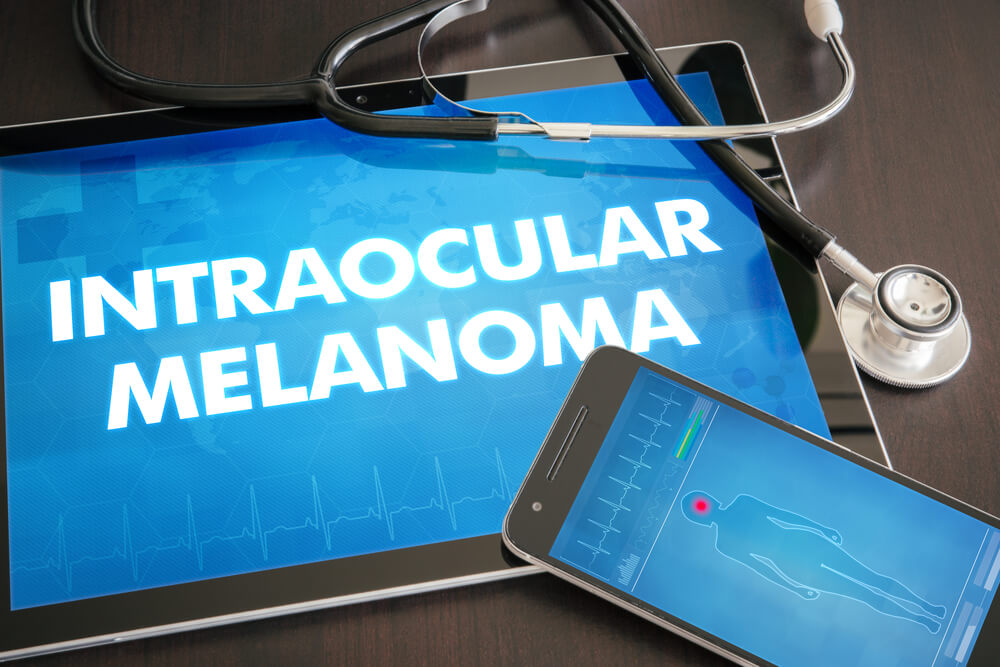DIAGNOSIS
Intraocular melanoma can be diagnosed by:
- Eye ultrasound
- Eye exam
- Angiogram (Imaging of the blood vessels in and around the tumor)
- Removing a sample of suspicious tissue for testing
- Optical coherence tomography
Your doctor may prescribe further tests and procedures to decide if the melanoma has spread to other areas of your body. Tests can include:
- Chest X-ray
- Blood tests to measure liver functions
- Computerized tomography (CT) scan
- Abdominal ultrasound
- Positron emission tomography (PET) scan
- Magnetic resonance imaging (MRI) scan
TREATMENT
Treatment choices will depend on the location and scale of the eye melanoma, as well as the general health and choice of the patient.
- Radiation therapy – This therapy uses high energy, such as protons or gamma rays, to destroy cancer cells. Radiation treatment is usually used with small to medium-sized eye melanomas. This method of radiation therapy is mostly performed throughout consecutive sessions.
- Laser treatment – Treatment that uses a laser to destroy melanoma cells could be an alternative in some instances. One method of laser therapy, called thermotherapy, uses an infrared laser and is often used in conjunction with radiation therapy.
- Photodynamic therapy – Photodynamic therapy blends drugs with a particular wavelength of light. The drug allows cancer cells to be vulnerable to light. The treatment destroys the arteries and cells that make up the melanoma of the skin. Photodynamic treatment is used in smaller tumors because it is not effective for bigger cancers.
- Cold treatments – Extreme cold (cryotherapy) can be used to kill melanoma cells in certain small eye melanomas, but this procedure is not widely used.
- Surgery – Operations used to treat eye melanoma include removing half of the eye or removing the whole eye. The treatment that the patient is going to undergo depends on the extent and position of their eye melanoma.


